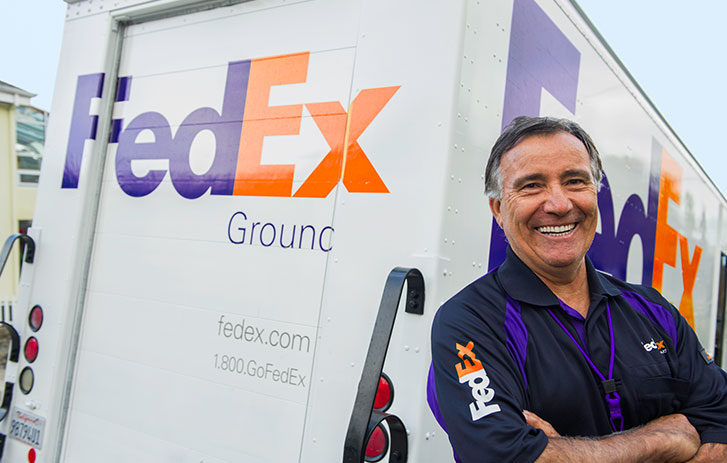In recent years, there has been a surge in institutional investors and real estate investment platforms acquiring single-family homes as an asset class. While this strategy may generate short-term profits for these firms, it threatens to undermine the foundation of the American Dream and erode the wealth-building opportunities for millions of households. In this article, we will explore the potential consequences of institutional investment in single-family homes and explain why HappyNest chooses to stand apart from this trend, focusing on preserving the American Dream and fostering long-term financial stability for all.
The Downside Risks of Institutional Investment in Single-Family Homes:
- Creating a Generation of Renters: By converting single-family homes into rental properties, institutional investors reduce the availability of affordable homes for potential homeowners. This shift in the housing market pushes more people into long-term renting, stripping them of the opportunity to build wealth through homeownership. As a result, wealth inequality widens, and the traditional path to financial stability becomes less accessible for many Americans.
- Market Risks and Unintended Consequences: Institutional investment in single-family homes can lead to inflated housing prices and increased market volatility. As these large investors compete for properties, they may drive up prices, making it even more challenging for first-time homebuyers to enter the market. Additionally, the influx of institutional capital can create market dynamics that are susceptible to economic shocks, increasing the risk of another housing crisis.
- Neighborhood Stability and Community Impact: As institutional investors buy up single-family homes, neighborhoods can lose their sense of community and stability. Long-term homeowners who have deep roots in the area may be forced to relocate due to rising property values and taxes. This displacement can weaken the social fabric of communities and disrupt the lives of individuals and families who have called these neighborhoods home for years.
- Lower-Quality Property Management: With institutional investors managing large portfolios of single-family homes, property management may suffer. The focus on maximizing profits can lead to cost-cutting measures, resulting in deferred maintenance and a decline in the overall quality of the homes. Tenants may experience decreased responsiveness to maintenance requests, and neighborhoods may see a decline in property upkeep, negatively impacting the living experience and property values in the community.
- Barriers to Entry for First-Time Homebuyers: As institutional investors acquire single-family homes, they often outbid individual buyers in the market. This competition can create significant barriers to entry for first-time homebuyers, who may struggle to compete with the deep pockets and aggressive tactics of institutional investors. Consequently, many potential homeowners may be priced out of the market, making it more difficult for them to achieve their dream of homeownership.
By recognizing and addressing these additional potential downside risks, we hope to emphasize the importance of responsible real estate investment practices that prioritize the well-being of individuals, families, and communities.
HappyNest: A Differentiator in the Real Estate Investment Landscape
HappyNest firmly believes in the importance of preserving the single-family home as a cornerstone of the American Dream. We understand the value of homeownership as a wealth-building tool for families and are committed to ensuring that the opportunity remains available for future generations. By consciously choosing not to invest in single-family homes, HappyNest differentiates itself from competitors and demonstrates a commitment to the long-term financial well-being of American households.
Our investment strategy focuses on commercial real estate, which not only provides investors with diversified portfolios but also avoids contributing to the potential negative consequences associated with institutional investments in single-family homes. This approach aligns with our mission to empower individuals and communities to achieve financial stability without sacrificing the American Dream.
Join HappyNest in Upholding the American Dream
The growing trend of institutional investment in single-family homes poses significant risks to the fabric of American society and the wealth-building opportunities that homeownership has historically provided.
At HappyNest, we take a stand against this trend and pledge to prioritize the long-term financial well-being of American households above short-term profits. By concentrating on commercial real estate and alternative assets, we strive to offer our investors a diversified and responsible investment platform.
By supporting real estate investment platforms like HappyNest, which prioritize commercial real estate over single-family homes, you can be part of the solution to safeguard homeownership opportunities for generations to come.
Together, we have the power to shape the future of real estate investing and create a more equitable and prosperous society for all. Let us stand united in our commitment to uphold the American Dream and protect the single-family home as a cornerstone of financial stability and wealth-building in our nation.
We encourage you to share this article, discuss it with your friends and family, and join the conversation on social media. The more people we can rally to this cause, the more significant the impact we can make in preserving the American Dream for future generations. Stand with HappyNest as we work towards creating a brighter, more secure financial landscape for all.

About the Author
Jesse Prince, a combat veteran, CEO of HappyNest, and a seasoned commercial real estate entrepreneur, is passionate about making real estate investing accessible to everyone. With the innovative HappyNest investment app, Jesse empowers investors of all budgets to grow their nest eggs through quality real estate investments. Jesse’s expertise spans various aspects of real estate, including acquisitions, asset and property management, valuation, credit analysis, and real estate securities evaluation.











